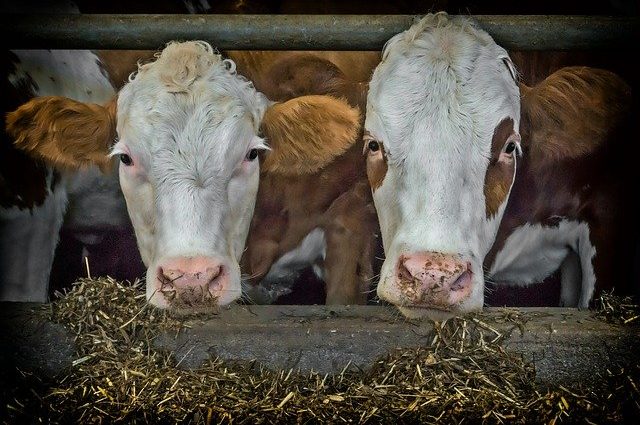Consumers and consumer advocates have become more critical in recent decades. The trend is more and more that products should be of organic quality and that they come from animal-friendly husbandry. Organic products are easy to recognise by the labels introduced by the EU. But what about animal welfare? How do you recognise it and what is behind the term?
Animal-friendly husbandry – what exactly is it?
In our legal environment, animal-friendly and species-appropriate husbandry means that there are certain requirements that must be met. A distinction is made between animal welfare and animal protection.
Animal welfare is primarily about never inflicting pain on animals without good reason. It includes all measures that help to protect the welfare and health of the animal. This includes, for example, ensuring that certain space limits are observed during transport. Or that a stable fan is installed to provide fresh air for the farm animals or to protect them from heat in summer. These requirements are usually of a more general nature.
The term animal welfare, on the other hand, refers primarily to species-appropriate treatment. This is mainly about specific measures that have to do with the respective animal species. Sheep, cows, pigs, rabbits, chickens, etc. – they all require different room temperatures, floor coverings or spacing to feel comfortable. These specifications are therefore a bit more specific.
Animal-friendly husbandry – how can you recognise it?
Within the EU and the territory of the FRG, different seals have been established. They all confirm to the consumer that the producer is committed to taking measures that go beyond the legal requirements and provide special protection for animals. These seals are the best known:
EU Organic Meat Regulation
This seal, on a green background, looks like a leaf whose outline is formed by small stars. It is an EU seal that is supposed to certify organic quality. Since numerous regulations on species-appropriate husbandry are integrated into these specifications, this seal is at the same time a sign of extensive husbandry for consumers.
Neuland meat seal
The Neuland seal is only awarded to producers who provide their animals with extra space in the barn, plenty of light and who supply them with local feed.
Nature & Respect and Label Rouge
These two symbols come from France. They identify products made from poultry that has been reared there under particularly gentle conditions.
For more animal welfare – Seal
The light blue label was created by the German Animal Welfare Association. It identifies particularly animal-friendly owners and producers. There are two levels for this seal: Beginner and Premium. Depending on how many criteria are fulfilled, you can receive one or the other for your breeding.
